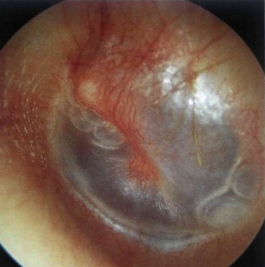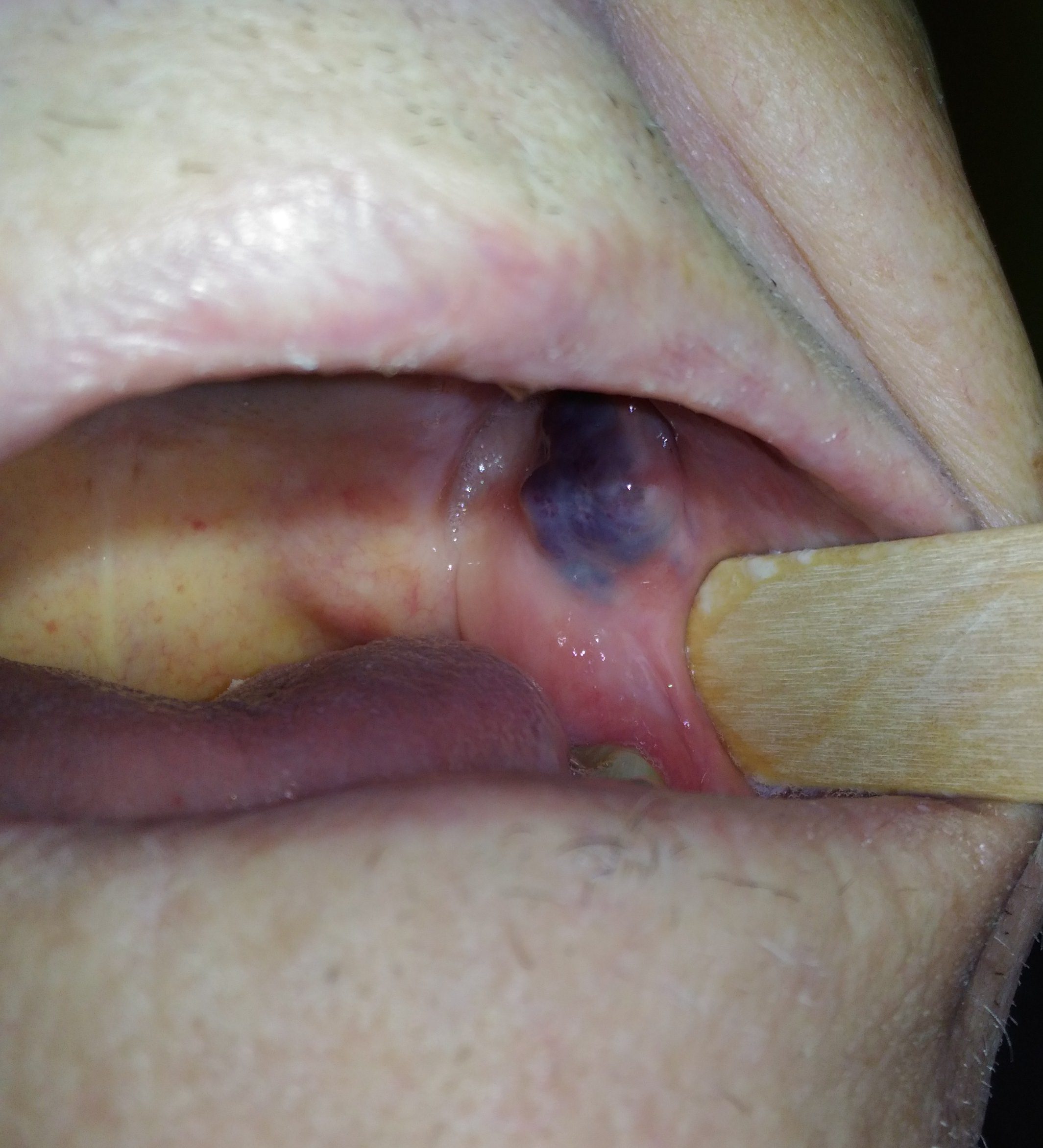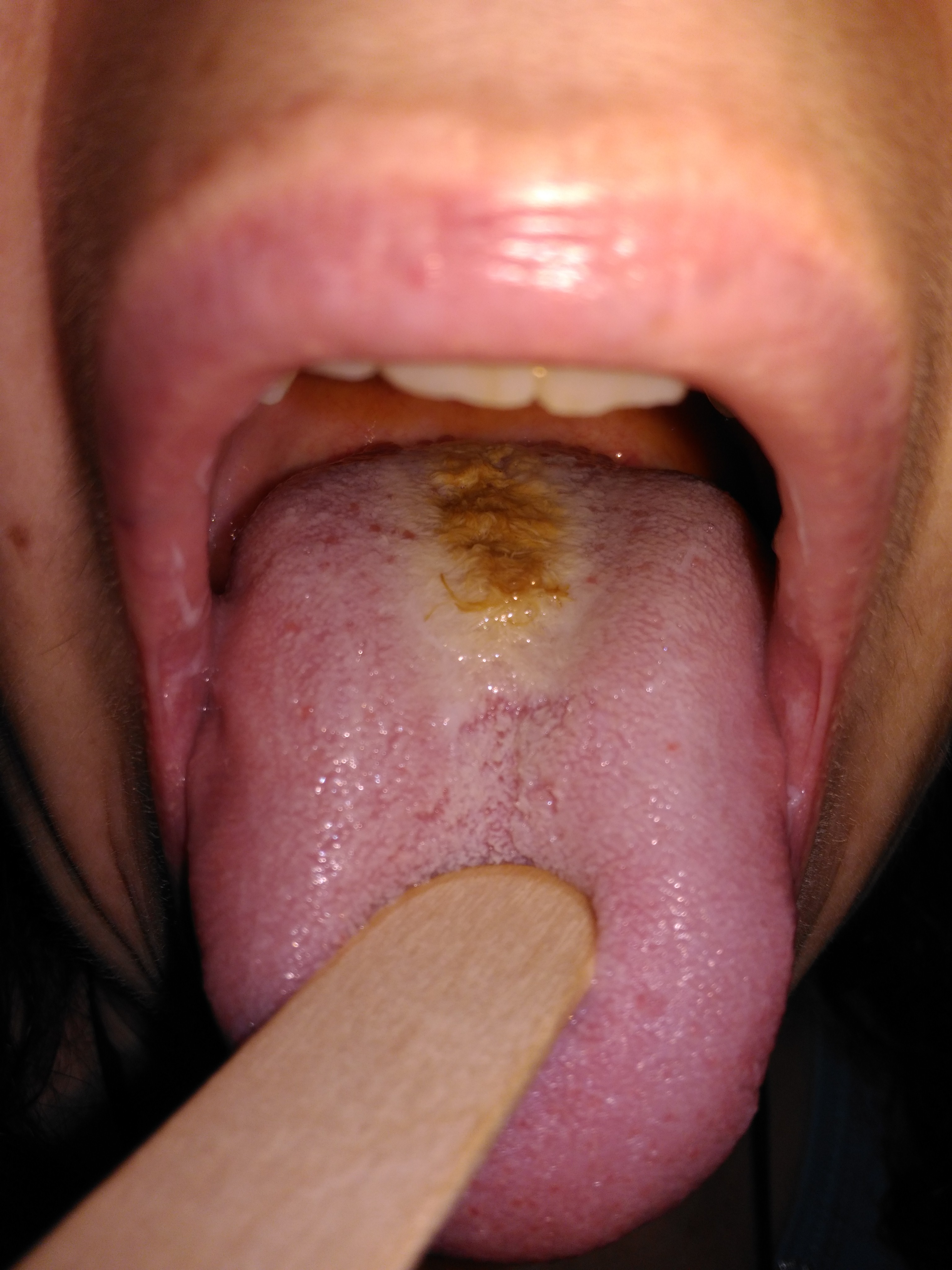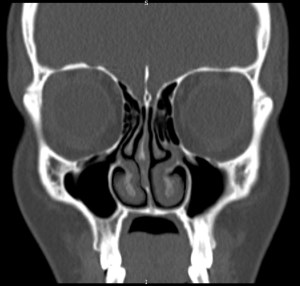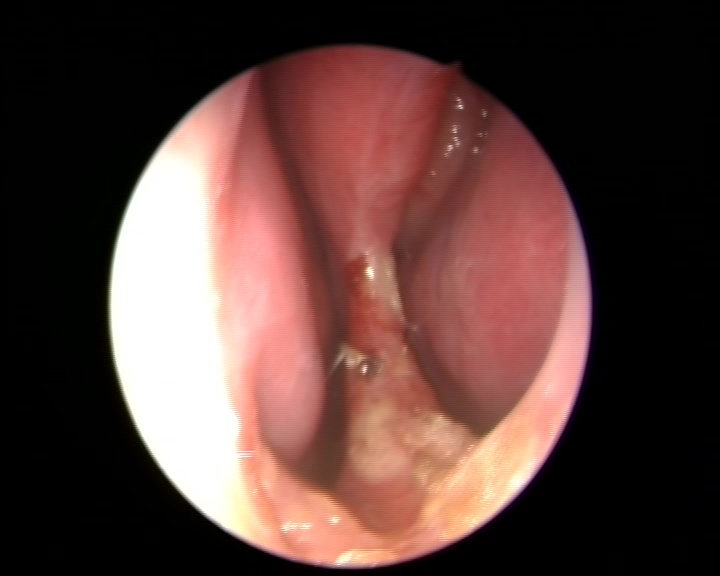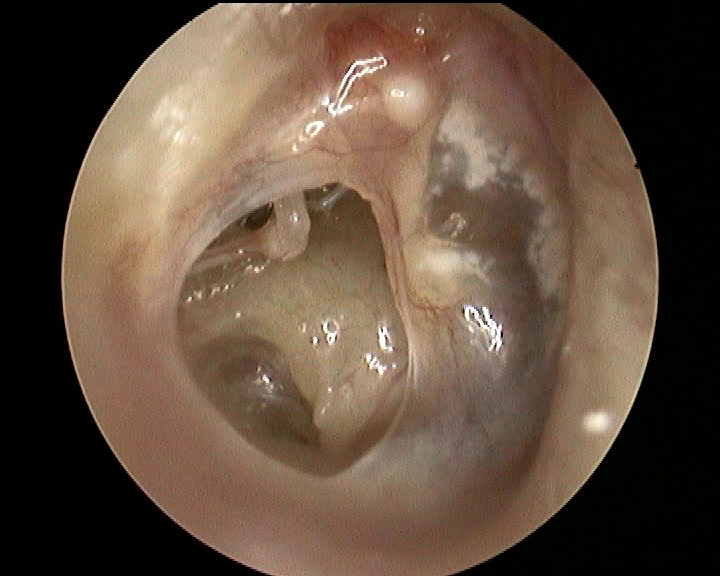
The tympanic membrane has an elliptical shape and completely isolates the middle ear from the outer ear canal.
Has a dual function:
-barrier, protecting l ’ middle ear infections
-amplify sounds and pass them on to the auditory ossicles.
And’ consisting of three layers: skin on the external side, connective tissue and mucous layer on the internal side.
The membrane can go in against such a perforation or infection or a trauma ’. Continue reading
